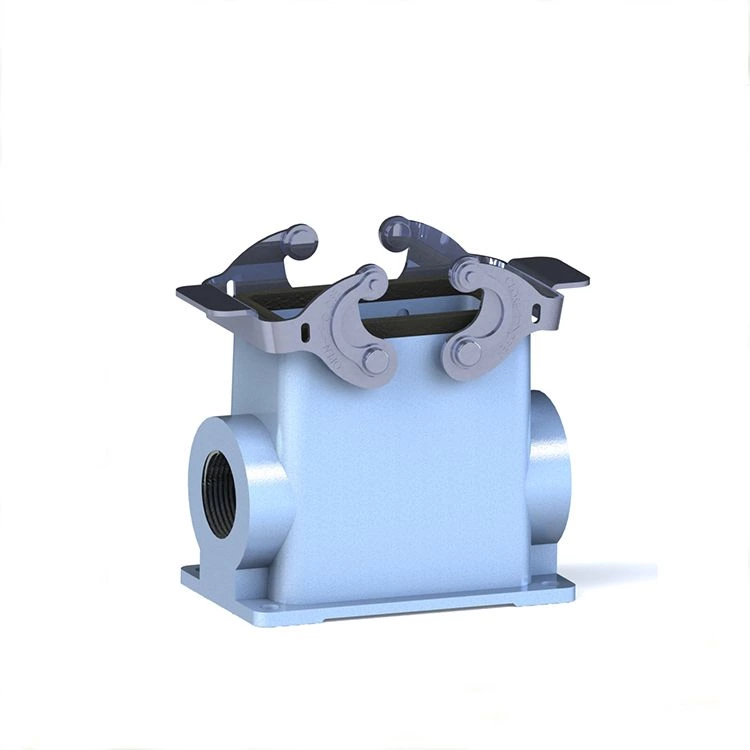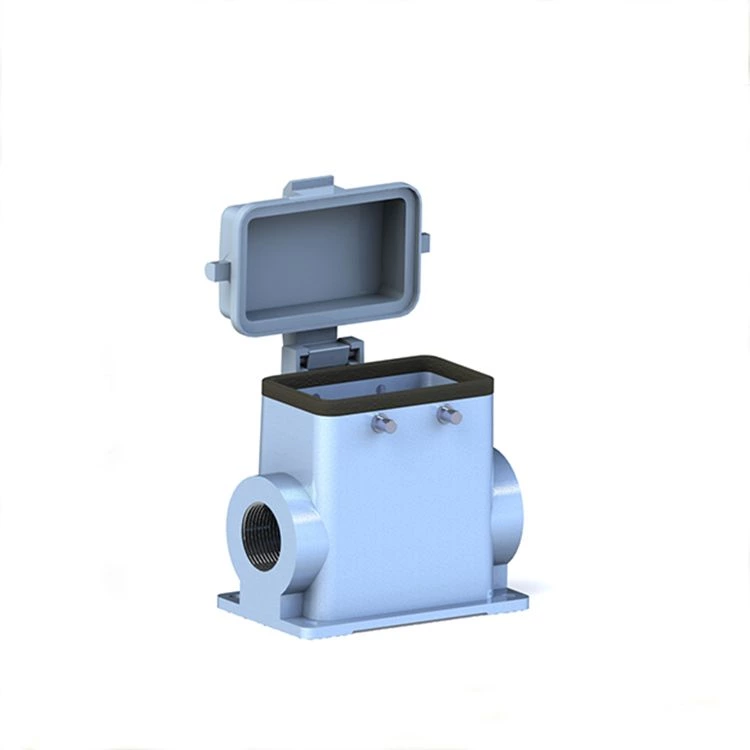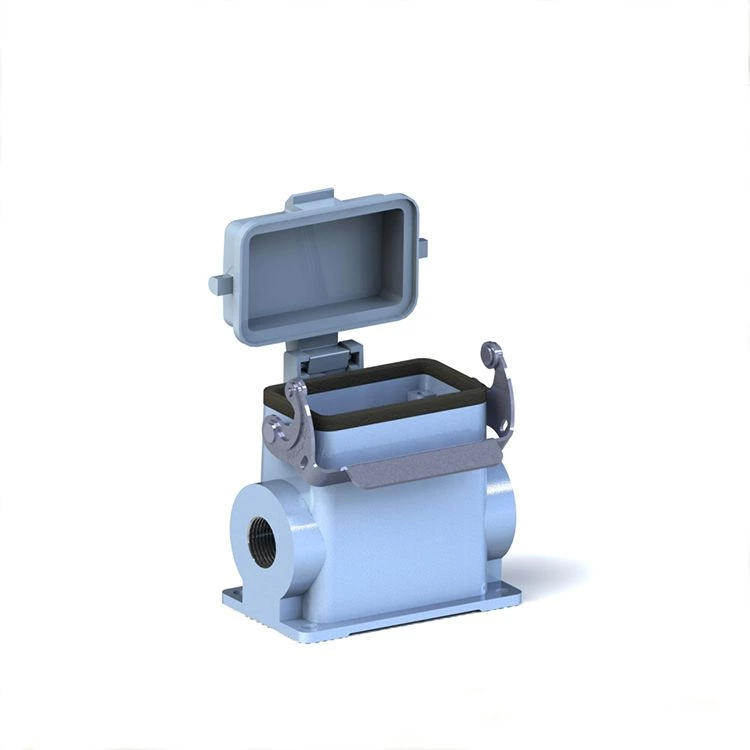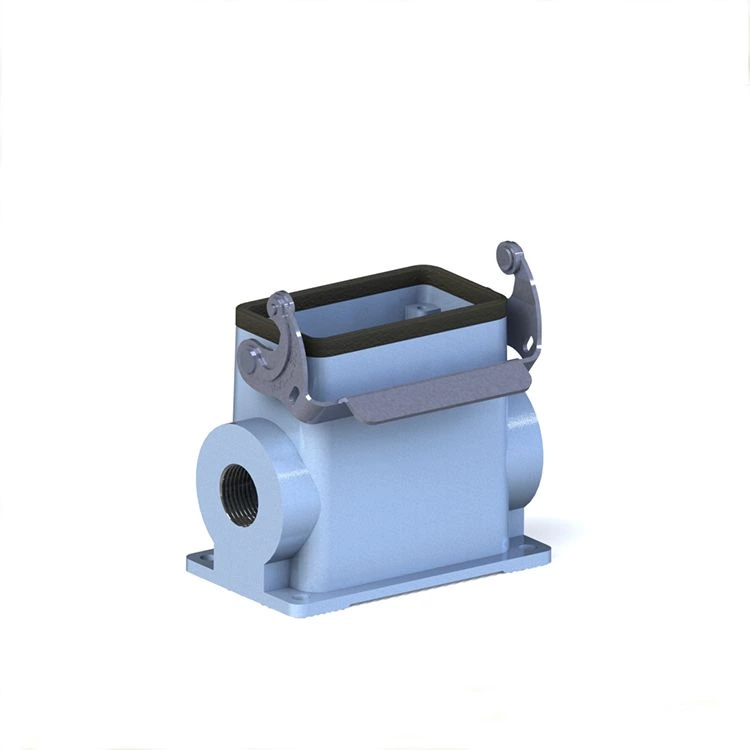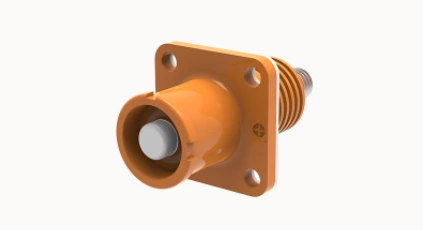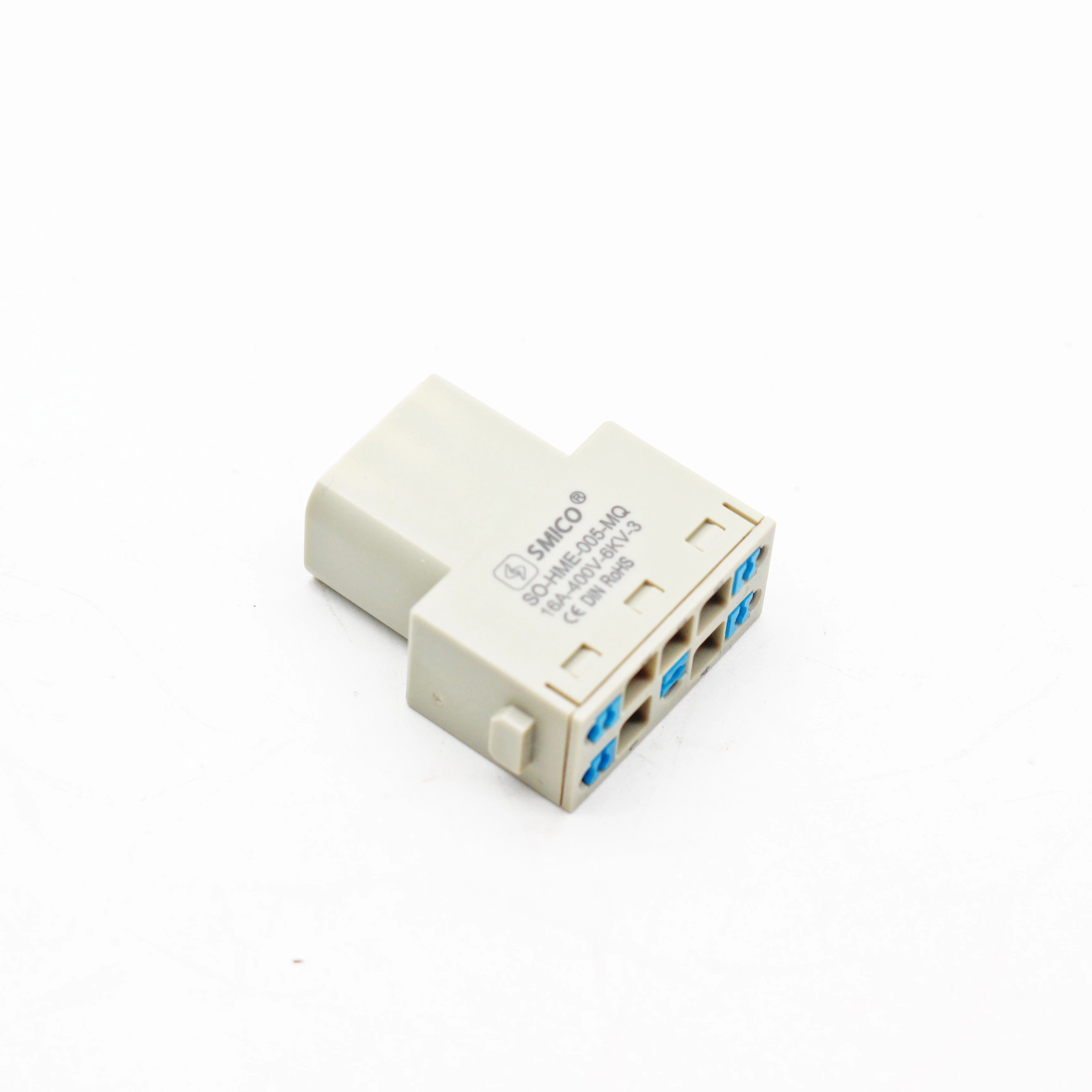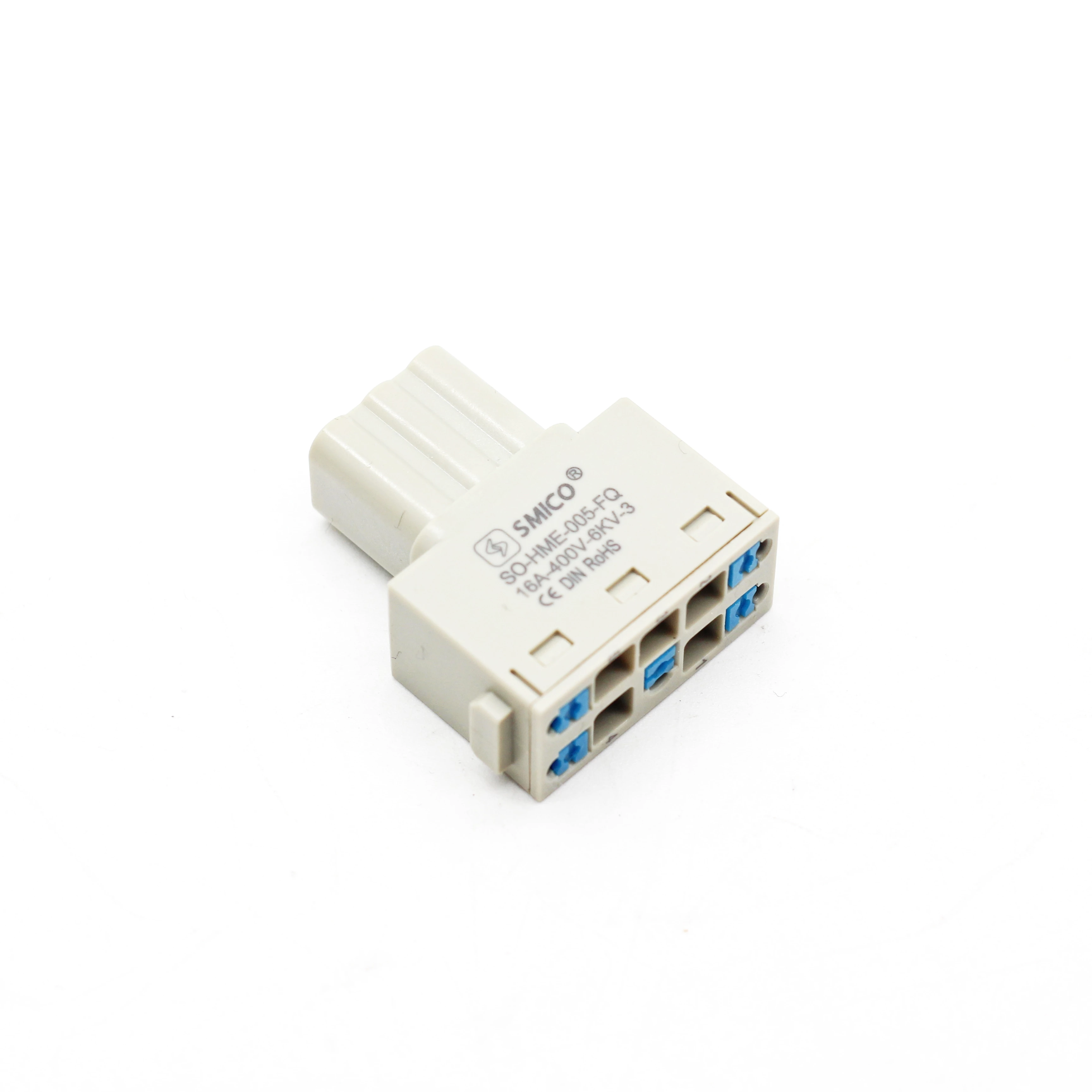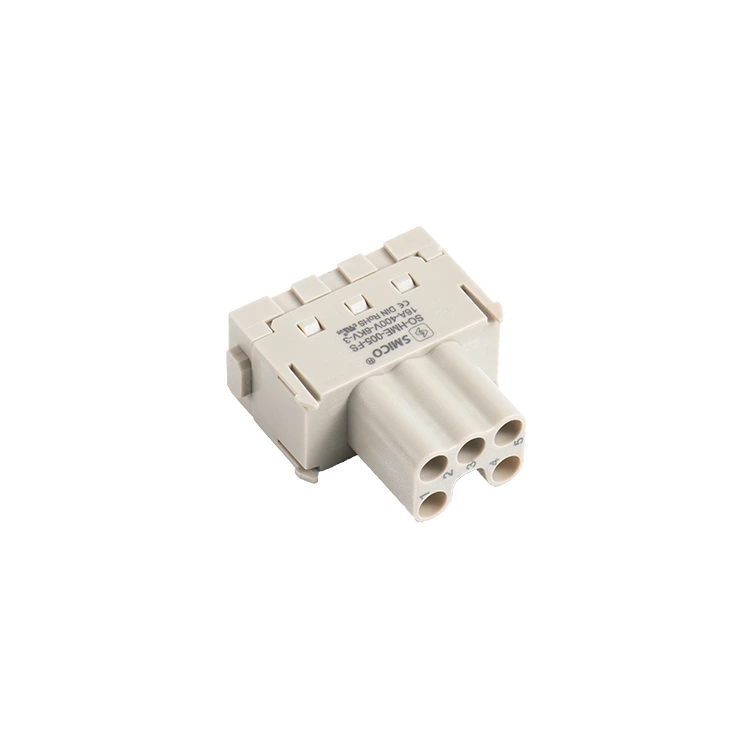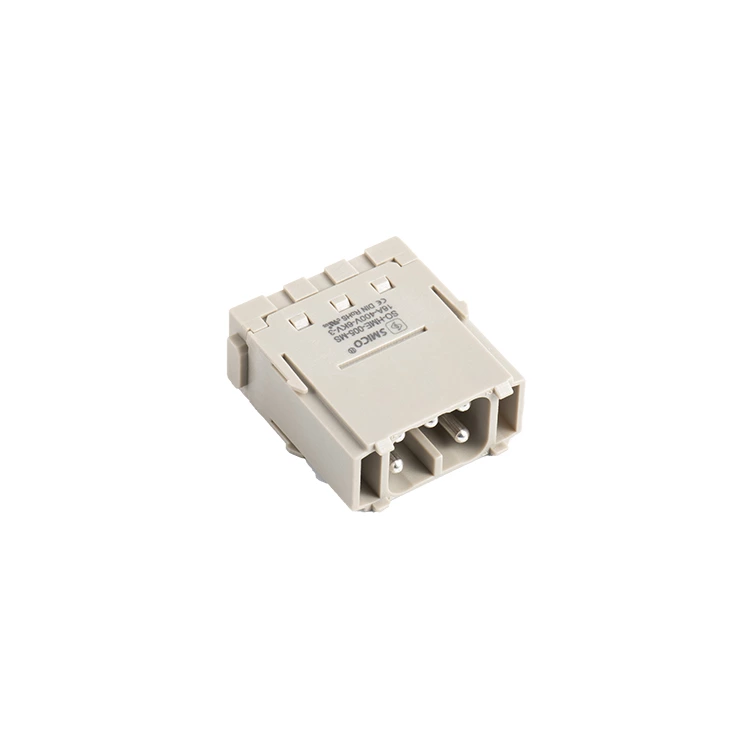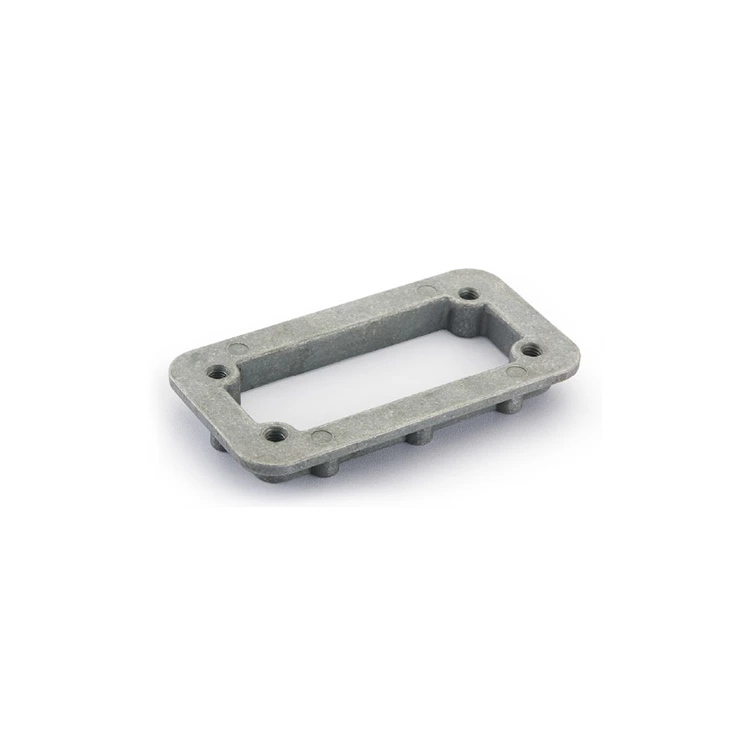How To Distinguish Connectors? Standards For Selecting Industrial Connectors
Connector structure size: The external size is very important. There are certain space restrictions on product connection, especially heavy duty 2 pin connector on the single board, which cannot interfere with other parts. Install according to the use space, installation position (there are two installation methods, front and back), the installation method is screws, clamps, rivets or quick locking of the connector's own buckle, etc.) and shape (straight, curved, T-shaped, round, square);
Connector shielding performance: With the development of communication products, EMC is becoming more and more important. The selection of heavy duty connector 16 pin requires a metal shell. At the same time, the cable must be equipped with a shielding layer, which must be connected to the metal shell of heavy duty connector 5 pin to achieve a shielding effect. The injection method can also be used. The pin part is wrapped with a copper shell, and the cable shielding layer is welded to the copper shell;
Connector anti-misinsertion design: There are two aspects of anti-misinsertion: one is heavy duty connector 6 pin itself, heavy duty electrical contacts itself rotates 180 degrees to cause the signal to be misconnected. At this time, you should pay attention to the use of anti-misinsertion heavy duty industrial connector when possible, or adjust the relative position relationship of heavy duty male female connector to make it assembled. In order to reduce the types of materials, the connection methods of multiple signals are the same. At this time, plug A may be inserted into socket B. Attention should be paid at this moment. If this happens, serious consequences will occur.
Connector impedance: Some signals have impedance requirements, especially radio frequency signals, which have strict impedance matching requirements. When the impedance does not match, it will cause signal reflection and affect signal transmission. Ordinary signal transmission has no special impedance requirements for connectors;
Reliability connector plug: The connector is used to connect signals, so the connection position must be reliable (for example, flat contact is better than point contact, pinhole type is better than reed type, etc.);
Environment suitable for connectors: When using connectors outdoors, indoors, in high temperature, high humidity, salt spray, mold, severe cold and other environments, there are special requirements for connectors;
Universality of connectors: When choosing connectors, try to choose universal parts, especially between products in the same series. The choice of connectors should be highly universal, which can reduce the types of materials, reduce costs, and reduce supply risks;
Does the connector have a locking function: In order to prevent the connector from being disengaged during mating, the connector must have a locking function to ensure good contact;
Connector procurement cost: The cost is also The more important factors in the selection process, with the intensification of market competition, the cost of the connector itself and the processing cost need to be considered comprehensively;
The frequency of the pluggable connector;
Can the connector be used in harsh environments: the current environment is harsh, and there are many types of harsh environment connectors that are more common in design. This is what everyone can choose according to actual needs, among which, high temperature resistance, high humidity resistance, corrosion resistance, saline-alkali resistance and other environmental choices;
Brand connector: The main quality of the connector is reflected in the internal structure design of the product, especially the wire material, which is invisible to the naked eye. Therefore, when purchasing, you must pay attention to the brand and appearance, and there is a quality assurance;
The manufacturing process of the connector is becoming more and more professional, with more scientific and technological elements, and will also be more adapted to the market for diversified and humanized research and development, and adapt to more environmental protection standards.
